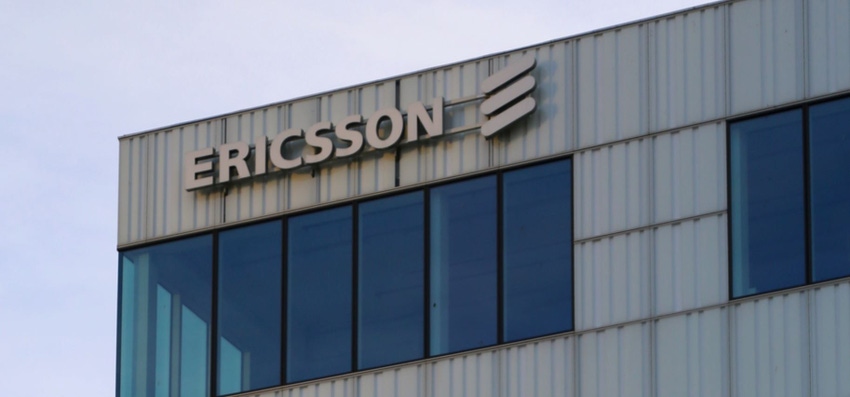Ericsson has announced the launch of a couple of new small cell solutions, which are pretty simple ideas when you think about it.
August 30, 2017

Ericsson has announced the launch of a couple of new small cell solutions, which are pretty simple ideas when you think about it.
The theme here doesn’t seem be being overly clever, it’s about being practical. Presenting ideas which won’t revolutionise the industry, but more about taking existing technologies and applying them in a way which improves business operations. That’s according to Martin Ljungberg, Product Manager for Small Cells Solutions at Ericsson.
“This isn’t rocket science from a technology perspective,” said Ljungberg. “It’s about identifying a challenge and presenting a suitable solution.”
The challenge here is mobile broadband coverage. With the rise in large or unlimited data plans, it has no longer become a necessity to connect to Wifi once you enter a building. In years gone, asking for the Wifi password was one of the first things done, but not anymore as people are happy to eat into the mountain of data which they have as part of their contract.
According to Ericsson’s own research, 60% of people are unhappy about the service and experience which they have when connecting to mobile broadband indoors. The first two products are designed to tackle this challenge.
Firstly, the Multi-Operator Dot delivers a set of Radio Dots that can be shared between multiple operators, with one operator managing the system while others provide radio frequency signals. Secondly, the Multi-Dot Enclosure combines multiple Dots in a single enclosure. It’s a simple idea, but you bring together a couple of operators and set up the small cell site in the building. Costs are brought down and there is only need for one installation crew to set upon the building.
Right now Ericsson needs to get agreement from the operators before installing; there needs to be commitment beforehand. But as the appetite for the small cell market increases, there could be potential for companies like Ericsson to install the gear and provision to operators later on. Ljungberg noted the appetite for the small cell market is still small for the moment.
The final offering is the Strand-Mount Unit for outdoor micro radios. And once again, there isn’t too much complexity in this idea.
“It’s not rocket science but it enables scalable street level deployment very easily.”
Essentially, MNOs who want to install the radios on the existing grid, can hang the units on aerial coax, fibre, or electricity cables. Aerial-strand deployments are critical for scaling outdoor small cells, while this strand-mount unit can support up to four micro radios, enabling multiple operators to utilize the same mount. It’s a simple idea which can allow for increased bandwidth, which make use of the physical infrastructure which is already there.
Sometimes the simple ideas are the best ones.
About the Author(s)
You May Also Like








.png?width=300&auto=webp&quality=80&disable=upscale)


_1.jpg?width=300&auto=webp&quality=80&disable=upscale)


.png?width=800&auto=webp&quality=80&disable=upscale)